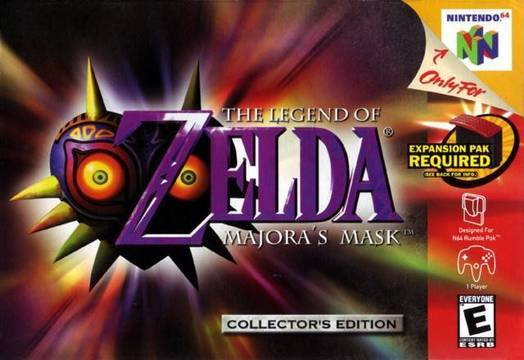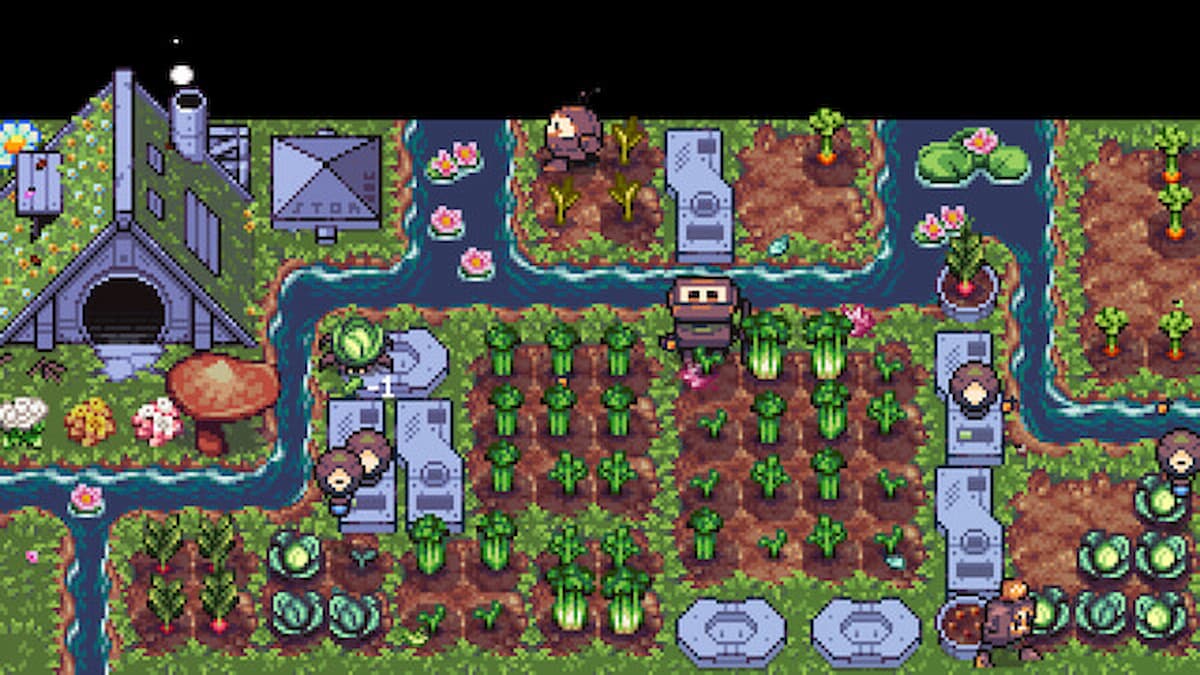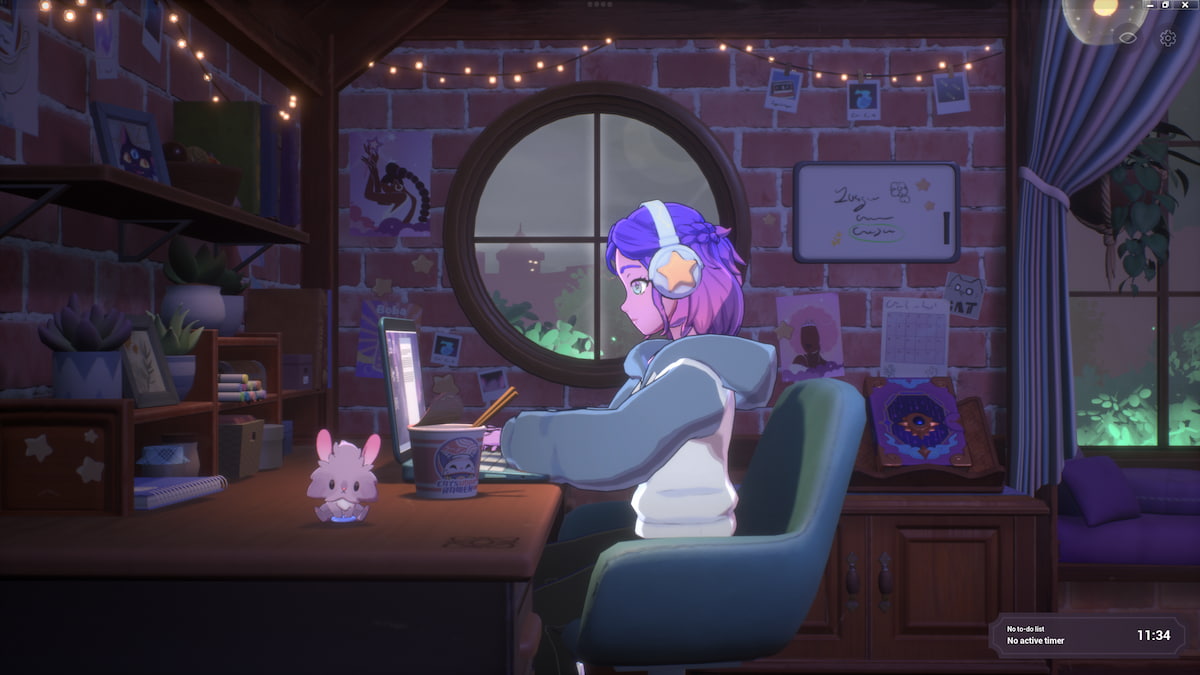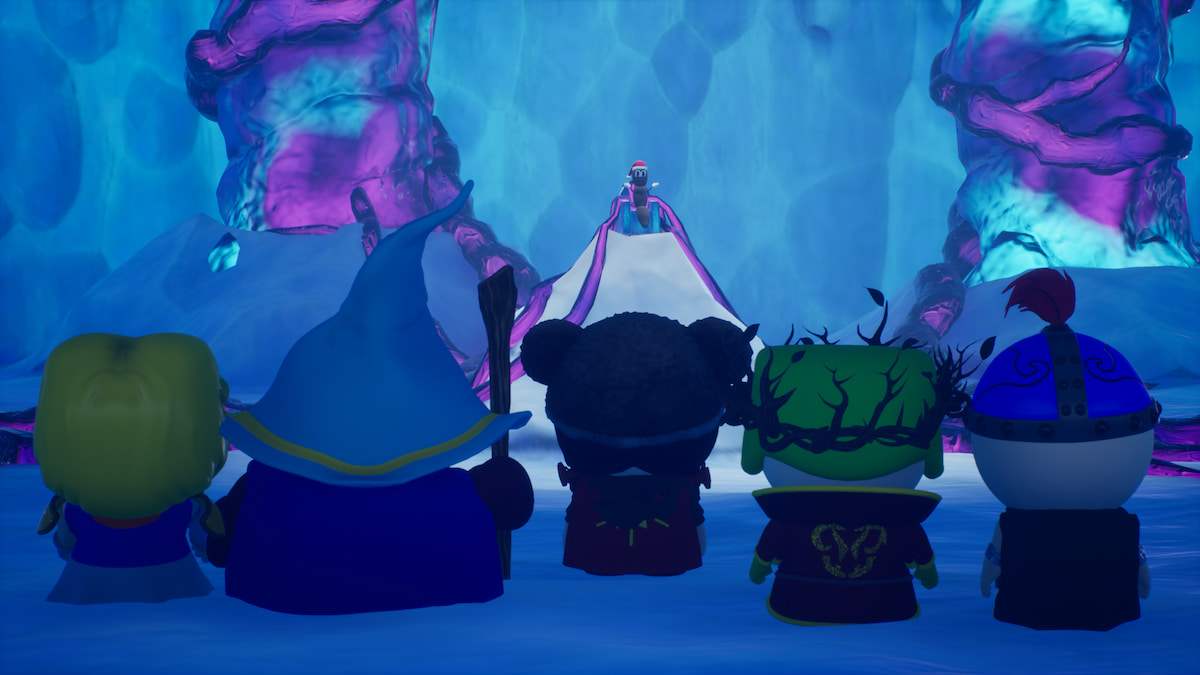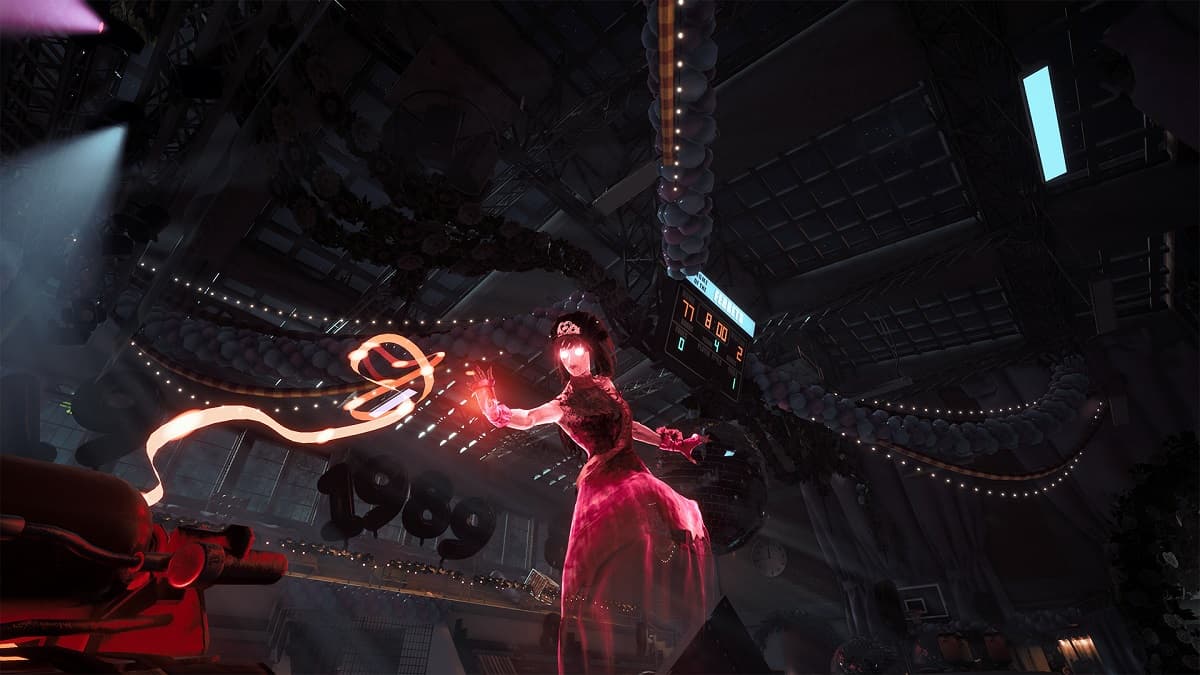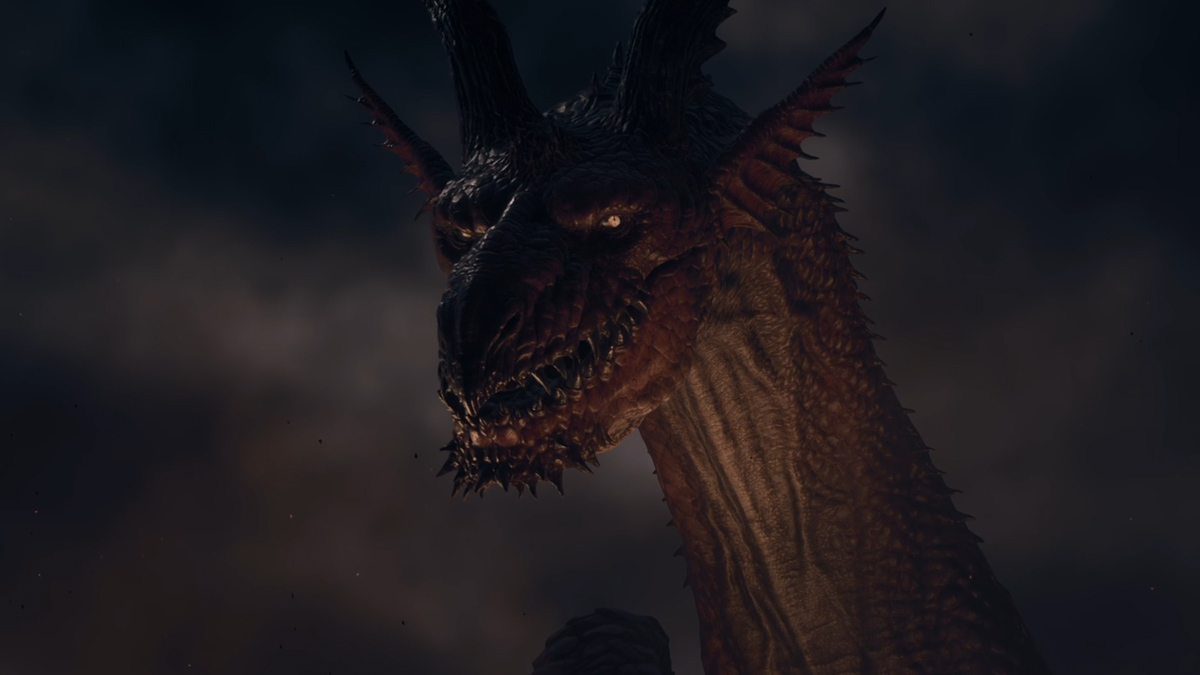We are now on week 6 of the Legend of Zelda Rewind Review, and that means we are visiting one of the most overlooked – and recently remastered – Legend of Zelda titles ever: Majora’s Mask.
Okay, admittedly, Majora’s Mask has been receiving a lot of attention lately. In fact, thanks to the remake more people than ever have been paying attention to Majora’s Mask than ever before. That is why – after much debate – I have decided to not review the 3DS version as the reviews I have read cover just about anything that I could say. However, I do plan on tackling one question that I’m certain will be on some people’s minds: which is better?
As with all Rewind Reviews, The Legend of Zelda: Majora’s Mask will undergo a review process through the eyes of a modern critic. No nostalgia glasses, no excuses, no rationalizing hardware limitations, and no sparing myself from angry fans and readers. Nothing will excuse this game from anything that we – as modern gamers – would expect to see in the genre today.
With that said, let’s travel back to the dawn of the first day, and stop Majora’s nefarious plans in The Legend of Zelda: Majora’s Mask on the Nintendo 64 and 3DS.
The Plot
Majora’s Mask continues the tradition of story-driven gameplay that has been around since Link’s Awakening. Acting as a direct sequel to Ocarina of Time, Majora’s Mask follows the tale of the very same Link who vanquished Ganondorf with the aid of the Seven Sages. After being sent back to his own time, Link has been on a quest to find his best friend – Navi – who was taken away after his adventure in Ocarina of Time was complete.
Already, we have Link’s motive for going on this quest, and it is a believable one at that. Although not all players will sympathize with Link’s kinship that annoying fairy, it is not outside the realm of possibility that the young Link would want to have his friend back considering everyone else he ever cared about is now a sage.
As for the Quest in Majora’s Mask itself, Link is thrust into the adventure as a result of – to quote the Happy Mask Salesman – meeting a terrible fate. After the Skull Kid steals the Ocarina of Time, and Epona, Link pursues him into the land of Termina. There, Link is bound to his adventure for multiple reasons, namely: he needs Epona back, he has been turned into a Deku scrub, and the Ocarina of Time is in the hands of a malevolent being. All of this makes for a compelling story, one that I would consider among the best in the series yet.

Afer being turned into a Deku Scrub, Link’s adventures in Termina begin on a very hopeless note for the once great hero of Hyrule
If this introduction synopsis is not enough to convince you, then I suggest you play the game to meet the many quirky and three-dimensional characters. Since the game has an actual relationship with time, many of the characters change over the course of the three days. Main, secondary, and side characters alike all have some form of character development, and many of them are flawed characters as well. It makes for not only a compelling story of a doomed land but also a very fleshed out world as well.
Gameplay
Note: For the sake of saving both my time and the time of readers, assume that anything unsaid in this section for Majora’s Mask is the same as Ocarina of Time. This is because Majora’s Mask runs off of the same engine as Ocarina of Time. If you would like to recap what was said, you can find the Ocarina of Time Rewind Review here.
The Beautiful:
The Legend of Zelda: Majora’s Mask is a unique title in the Legend of Zelda series. The reason for this is the fact that it is the only Legend of Zelda title to incorporate an actual sense of time. This means that everything in the world is active, even if you are not. As such, an idle Link can actually result in the end of the world. While this is often seen as the most infuriating part of Majora’s Mask, I find it is the game’s most charming feature.

Time stops for no man, including Link. Every moment wasted is time that cannot be reclaimed until Link restarts time, erasing his efforts from history.
The reason for this is simple: a sense of difficulty and urgency. As a result of the 3-day mechanic, players are forced to always be taking action. While Majora’s Mask could have simply gone with a “the world ends in 3 days” storyline, the game’s developers instead decided to make the game end in 3 days.
This beauty of game design also extends into the world itself. As a result of the 3-Day structure, NPC characters are interacting with the world at the same time you are. This can result in some things such as seeing relationships bloom, chaos come from misconduct, or even watching every character’s individual reaction to the end of the world. It is a truly wonderful mechanic that must be experienced in order to appreciate.
Clock Town is a busy place filled with characters from all walks of life. They will go about their own business. Just like other areas in the game, these NPCs will follow their duties with or without Link’s involvement.
The other major feature of Majora’s Mask are the in-game masks Link can acquire – in particular the transformation masks. These masks do a number of things ranging from causing Link’s face to explode to helping Link run at two times his regular speed. The three transformation masks – Deku, Zora, and Goron – also provide an interesting gameplay change since Legend of Zelda titles rarely let players control anyone other than Link. This feature could have landed in “the good” on the grounds that they are technically just extra items, however, it deserves to be in “the beautiful” simply because the developers put in the effort to ensure that each Link plays differently with a set of weaknesses and advantages each.
The nightmare-inducing transformation sequences in Majora’s Mask are both memorable, and effective in visualizing Link’s pain during the process
The game is also sports an impressive, unique enemy count of 81 (86 if you count varieties). This is a very slight improvement over Majora’s Mask’s predecessor. However, considering the fact that all enemies in this game are encountered as Young Link as opposed to being divided between the two Links in Ocarina of Time, this is actually a great leap in variety for a Legend of Zelda game.
The Good:
The Bomber’s Notebook is an interesting feature in Majora’s Mask. Unlike other Legend of Zelda titles, the Bomber’s Notebook keeps track of what side quests Link has completed or reset due to his time traveling. This is a very useful feature as it makes sure players know which characters will give them masks, what heart pieces they have acquired, and which characters must be talked to if the player ran out of time before completing the side quest chain.
The Bomber’s Notebook updates each time Link finishes part of a subquest, keeping track of everything from events to rewards
Also, since Majora’s Mask does not have an equipment submenu like Ocarina of Time did, the game does not suffer from the flaws originating from said submenu. Instead, items are linearly upgraded in a similar fashion to Link to the Past. The item screen also does not have a surplus of unnecessary items since many of them are reused in later temples, and the elemental arrows have been buffed up a bit to make them useful throughout the game.
The Subjective
The magic meter returns in Majora’s Mask, but this time it feels a bit “cleaner” so to speak. Since the game does not have a wide variety of spells like Ocarina of Time, the few abilities Link does have are balanced by the use of the meter. These abilities include: elemental arrows, the Goron Roll, the Zora Barrier, and the Deku Bubble Shot.
The Zora Electric Barrier is great for killing weaker enemies in your path while swimming, but little else…
While the abilities are necessary at times, they are typically used to make certain sections such as bosses or puzzles easier. The Zora and Goron abilities are useful for cutting down travel time on land or in the water, while the Deku Bubble Shot is pretty much nothing more than an arrow substitute.
As such the magic meter doesn’t act like a hindering feature, but rather a source of ammunition for certain abilities – as it should.
The Goron Roll is both fun and practical as it can be used to quickly cover ground or used in the Goron racing mini-game on Snowhead.
However, with that said many of the magic meter reliant abilities are rendered useless as the game progresses. With the exception of the Goron Roll, the magic meter abilities find limited use since there are few times you will run out of arrows or in open areas while underwater. As such, this feature gets placed in “the subjective” as your opinion on the magic meter can fluctuate depending on how much or how little you rely on the special abilities of each mask.
Personally, I think it’s one of the most practical uses of the magic meter to date. However, I do have my grievances on the Goron roll being virtually useless without having any magic. I can understand not having the ability to damage enemies without the spiked hide ability, but does it have to slow down so much?
The Bad
If I had one complaint to make about Majora’s Mask, it’s that it is very short. The game only has 4 major temples, each one possible to complete within 1 1/2 in-game days if you know what you are doing. This makes Majora’s Mask perhaps the shortest Legend of Zelda game in history, making it feel more like a Metroid game in terms of gameplay length and execution.
Bosses in Majora’s Mask are among some of the more difficult and unique in the series thanks to the reliance on masks, but since there are only four dungeons their great designs are pretty short lived…
I understand that this was a result of adding in the 3-day system, as well as the wide variety of sub-quests, but surely something could have been done to extend the main quest a little bit. Considering the fact that the game is so great, and has so much potential, it’s a little disappointing that it has so little content. If this game was released nowadays, it could be almost considered an expansion pack or DLC for Ocarina of Time.
The Presentation
The 3DS version of Majora’s Mask adds some relatively small changes and fixes when it comes to the bigger picture. These changes don’t really affect the gameplay that much unless you really have a hard time figuring out where you are in relation to the ground as Deku Link, you can’t read an analog clock, or you just can’t fathom a 3D Legend of Zelda that has no fishing. That is why I have decided to focus solely on Majora’s Mask’s presentation to determine which game is better.

In my opinion, the only thing Majora’s Mask 3D has over the original Nintendo 64 title is a higher frame rate. While the former title also has better graphics, they’re not exactly aesthetically better. Call me out on nostalgia if you really want to, but there’s something about the lower polygon Nintendo 64 models that adds something to the eerie nature of Majora’s Mask that the remastered version just can’t accomplish.
I think the evidence for this is best seen in the image of the moon (provided above) which just seems to be trying too hard to look creepy when compared to the original.
The 3DS version is also a lot more colorful, rounder, and better lit when compared to the N64’s edgier and darker graphics. This is evident in the design of Majora’s Mask itself which looks much rounder, softer, and overall less threatening than it did in the N64 version. In the end, all of this is purely subjective, so I would recommend the following: if you want a polished and “better looking” game, get the 3DS version. If you want a game that is much more eerie, and you don’t mind a lower framerate, get the N64 version via emulator or cartridge (if you can find it).
Sound design is equal between both games – as always – and so basically you’re competing for graphics alone.
Speaking of which… music. This game’s music is perfect for the quirky, somber, and overall creepy world of Termina. Every song helps immerse the player in ways that no other Legend of Zelda title has ever done. I believe the best evidence of this is the Clock Town theme that actually changes with the passing of each day. The soundtrack becomes progressively more urgent as the days pass by, and so it also helps make the player more panic-stricken when their last moments are coming to a close. This is especially effective on the first 3-Day cycle the player experiences as it makes you feel frantic since you do not know what to expect as the world shakes and the timer ticks down.
You can listen to the soundtrack for yourself below:
The Verdict:
Majora’s Mask is not for the feint of heart. If you collapse from stress, or you don’t like time management, then this is not the game for you. Otherwise, Majora’s Mask is among the top 5 must-play games in the series. The story, gameplay, and overall environment that the game immerses you in is one that must be experienced. The only flaw of the game is that it is relatively short, but since the price of the game is much lower than at release it’s perhaps the best bargain Legend of Zelda I can recommend.
As such, Majora’s Mask gets a 10/10 from Rewind Reviews. I know, many are surprised that this game bested Ocarina of Time by 3 whole points, but from a purely non-nostalgic point of view Majora’s Mask is virtually superior in every way possible with the exception of Ocarina of Time. The story is better, the world is extremely immersive, and it is truly the most unique Legend of Zelda in the entire series. It is a game that deserves more attention than its prequel does, and it is a shame that it did not get as much attention back in the day as it does now.
Oh yeah, and for those still wondering what my personal choice between the 3DS and N64 versions is: I would pick the original. As I said, it just has some quality of eerieness that the polished and more colorful version cannot accomplish. I concede that they are both equally great in different ways, but I’ll let you – the players – decide which is your favorite.
With that, I bring Week 6 of my Legend of Zelda Rewind Review to a close. What do you guys think about Majora’s Mask? Does it deserve to get a 10/10 compared to my lower Ocarina of Time score? Would you recommend the N64 or 3DS version to your friends? Leave your opinions in the comments section below!
Also, be sure to check back on this article or the GameSkinny front page for future reviews, as well as swords and sorcery action as we make our way from the original 1986 release of The Legend of Zelda on the NES to the 2013 release of A Link Between Worlds on the 3DS!
Reviews in this Series:
- The Legend of Zelda (NES)
- The Adventure of Link (NES)
- A Link to the Past (SNES/GBA)
- Link’s Awakening/Link’s Awakening DX (GB/GBC)
- Ocarina of Time/OoT 3DS (N64/3DS)
- Majora’s Mask/MM 3DS (N64/3DS)
- Oracle of Ages/Oracle of Seasons (GBC)
- Four Swords (GBA)
- The Wind Waker (GC)
- Four Swords Adventures (GC)
- The Minish Cap (GBA)
- Twilight Princess (GC/Wii)
- Phantom Hourglass (DS)
- Spirit Tracks (DS)
- Skyward Sword (Wii)
- A Link Between Worlds (3DS)
- Tri Force Heroes (3DS)

